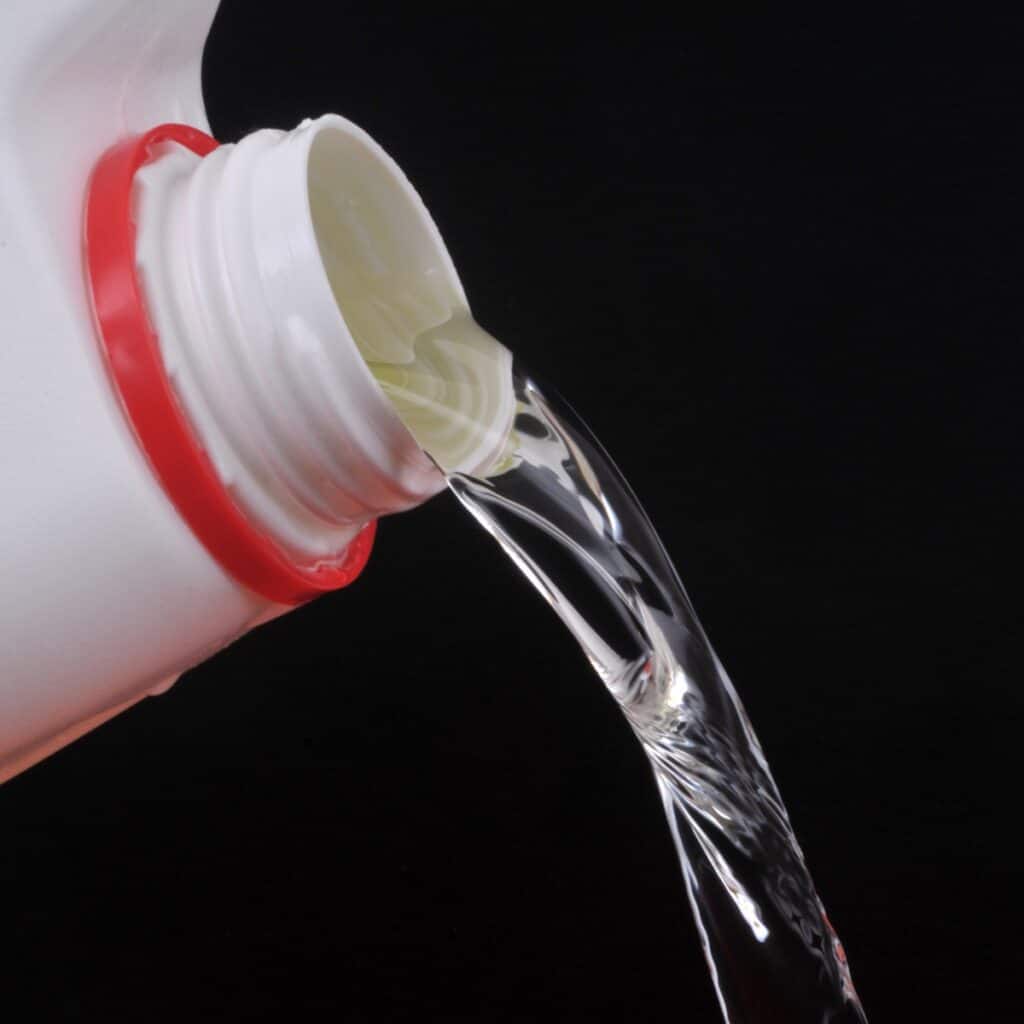A binder is any material or substance that holds or draws other materials together to form a cohesive whole mechanically, chemically, or as an adhesive. Often materials labeled as binders in different proportions or uses can have their roles reversed with what they are binding.

In this post we'll cover:
The Power of Binding Agents: A Guide to Choosing the Best One for Your Needs
Binding agents are substances that hold other materials together to form a cohesive whole. They can be natural or synthetic and can be used in a variety of ways, from making glue to improving the texture of foods.
Types of Binding Agents
There are numerous types of binding agents, including:
- Fatty materials: These are commonly found in foods and can be combined with water to create a gelatinous texture. Examples include egg yolks and ground flax seeds.
- Soluble fiber: This type of binding agent is commonly found in psyllium husk, chia seeds, and flaxseed. It is an excellent choice for improving digestive health and can help lower blood sugar and weight.
- Gum: Gum is a powerful binder that is commonly used in the food industry to improve texture and prevent separation. It is commonly found in processed foods and can be completely free of any nutritional value.
- Gelatin: This is a commonly used binding agent that is found in many foods, including gummy candies and marshmallows. It is made from animal collagen and is not suitable for vegetarians or vegans.
- Organic plant material: This type of binding agent is commonly found in health foods and can be used to improve the texture of meals. Examples include ground flaxseed, chia seeds, and psyllium husk.
Types of Binding Agents: A Comprehensive Classification
Compound-based binding agents are made up of two or more substances. They are commonly used in tablet and granulation manufacturing. Here are some examples:
- Disaccharides: lactose, sucrose
- Sugar alcohols: sorbitol, xylitol
- Derivatives: carboxymethyl cellulose, methyl cellulose
- Ethers: hydroxypropyl methylcellulose, ethyl cellulose
Polymeric Binding Agents
Polymeric binding agents are made up of long chains of repeating units. They are commonly used in liquid and hydraulic applications. Here are some examples:
- Polyvinyl pyrrolidone
- Polyethylene glycol
- Carboxy methyl cellulose
- Modified cellulose-based binders
Get to Know the Physical Properties of Binding Agents
When it comes to binding agents, water absorption and texture are two of the most important physical properties to consider. Some materials, like polysaccharides, can absorb water and create a jelly-like substance that can hold other materials together. Grinding a material can also change its texture, making it easier to use as a binder.
Hygroscopicity
Hygroscopicity is another important physical property of binding agents. This refers to a material’s ability to absorb and trap moisture from the air. Some binding agents, like chia seeds, flax, and tukmaria (native to India), are hygroscopic and can help thicken and boost the flavor of drinks and oatmeal when soaked in milk.
Cohesiveness and Adhesion
Cohesiveness and adhesion are also key physical properties of binding agents. A cohesive binder holds materials together by creating a strong internal structure, while an adhesive binder holds materials together by sticking them to one another.
Plant-Based Binders
Many binding agents are derived from plant materials. For example, chia seeds are a member of the mint family and are native to South America, where they have been cultivated by indigenous peoples for centuries. These tiny seeds can absorb up to 12 times their weight in water, creating a gel-like substance that can be used as a binder. Other plant-based binders include agar, pectin, and gum arabic.
Baking and Cooking
Binding agents are commonly used in baking and cooking to help hold ingredients together and create a desired texture. For example, eggs are a common binder in baking, while cornstarch and flour can be used to thicken sauces and gravies.
Conclusion
So, that’s what a binding agent is and how you can use them. You can use them to bind food, glue things together, or just to improve the texture. You can use natural or synthetic binding agents, but you have to consider the physical properties like cohesiveness, adhesion, and hygroscopicity.
So, don’t be afraid to try new things and experiment with binding agents. You might just find the perfect one for you!
I'm Joost Nusselder, the founder of Tools Doctor, content marketer, and dad. I love trying out new equipment, and together with my team I've been creating in-depth blog articles since 2016 to help loyal readers with tools & crafting tips.

